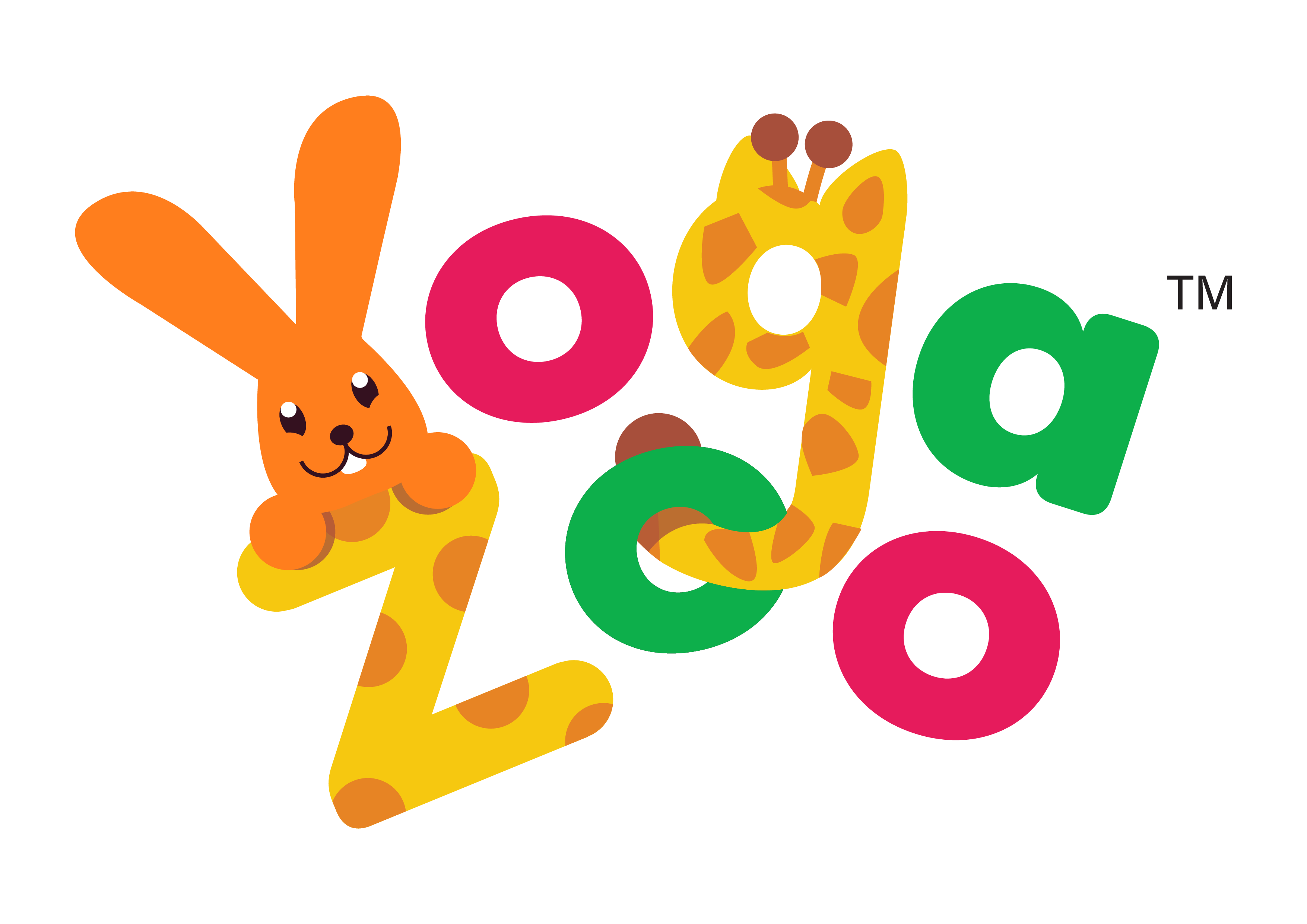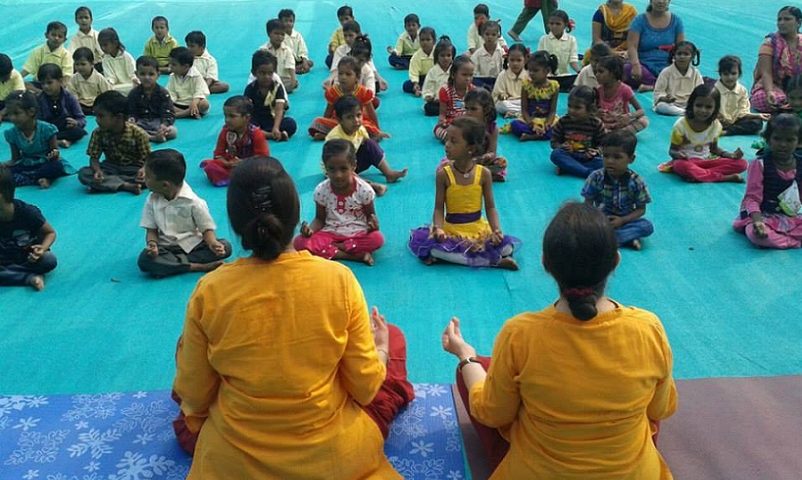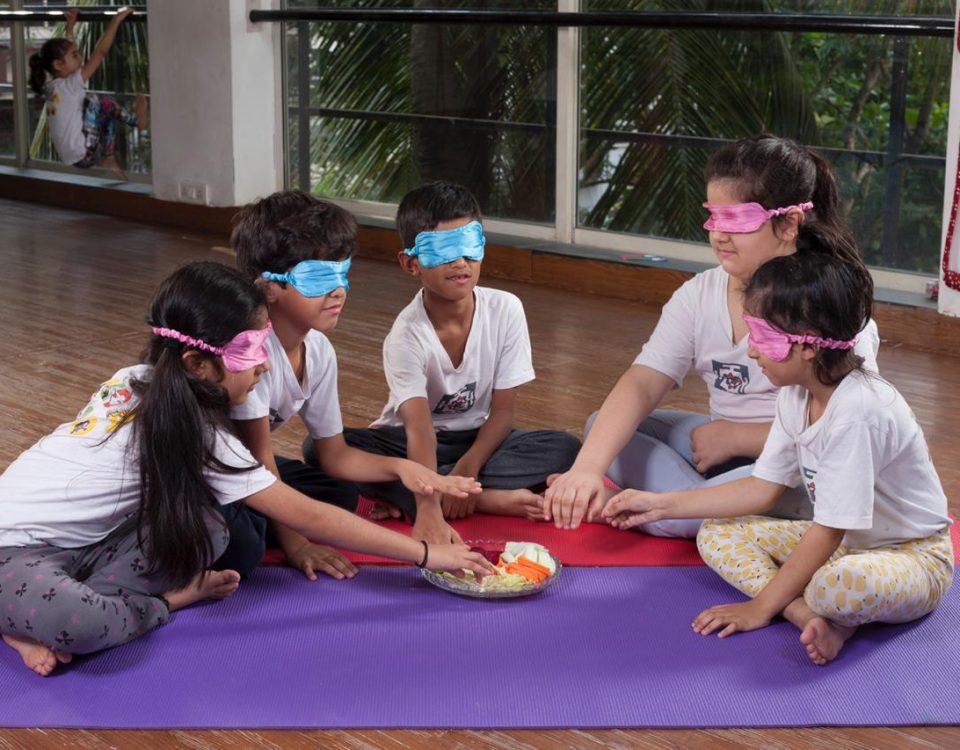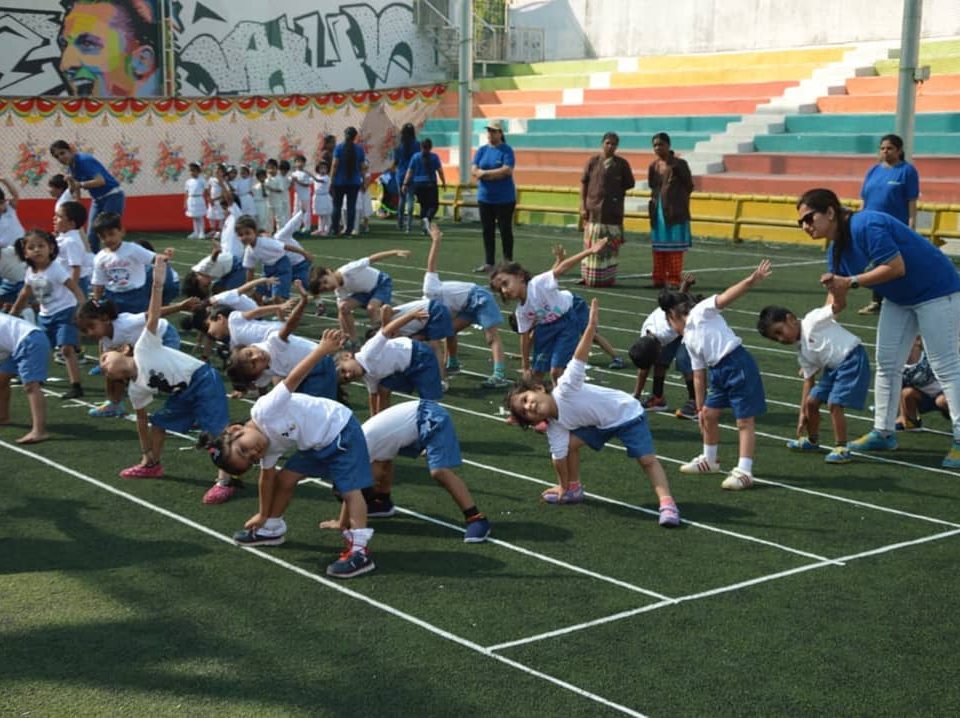Yoga Style Classroom Management

Children Yoga in Mumbai
December 13, 2019
How to master your skills as a yoga teacher for kids?
December 27, 2019Yoga Style Classroom Management
Most of us have heard this, “Oh, so you’re a kids’ yoga teacher it must be so calming.” Now you will agree that teaching children to be centered and connected is no cakewalk. In addition to that, you have to make yoga fun for children and toddlers, and not to forget relevant too. Children come to yoga classes with all kinds of needs, interests, and moods. And let’s be honest, the yoga classroom is a space where children should be allowed to be natural child-like selves. Isn’t that the whole purpose of yoga? So how does one create a safe and learning-ready environment without making it too rigid or limiting? Here are some handy dandy tips for yoga-style classroom management:
- Yoga begins with you: It truly does. Don’t rush into a classroom and leap into teaching yoga and total health. Start by grounding yourself, observe your thoughts and feelings and clear them. You must be clean slate so that you can fully attune to children and work with their triggers and reactions. This way you will find yourself more empathetic than reactive.
- Set rules and stick to them: Set the rules at the very beginning like raising hands to talk and staying on their mats. You can use stories, songs and even role play while introducing the rules a part of the class routine. Also, have consequences for the rule-breakers. This will help children have a sense of safety and order around them.
- Keep it pacy: While it can be challenging to keep up the pace consistently, try to match their energy more often than not. Design interesting transition and wait time activities for children to keep the energy upbeat. For. E.g. Use songs while children put away props and roll up the mats.
- Use positive reinforcement: Use positive reinforcement backed by reasons that can work as reminders. E.g. “Good job, Jane. You kept your eyes closed through savasana.” The best part of doing this is you can see the immediate effect on the child’s face. And it works as a reminder for other kids of the expected behaviors.
- Be adaptable: To know how they are feeling is the best way to teach them. And while you might have planned a high energy class but the children appear to be tired or grumpy. Then it might be important to take that into account and change the lesson.
Teaching yoga to children is the easiest when you are centered, clear and open to face the challenges that they might throw at you. You might need to learn to let go of what you know and what your expectations are and be open to learning from them.




